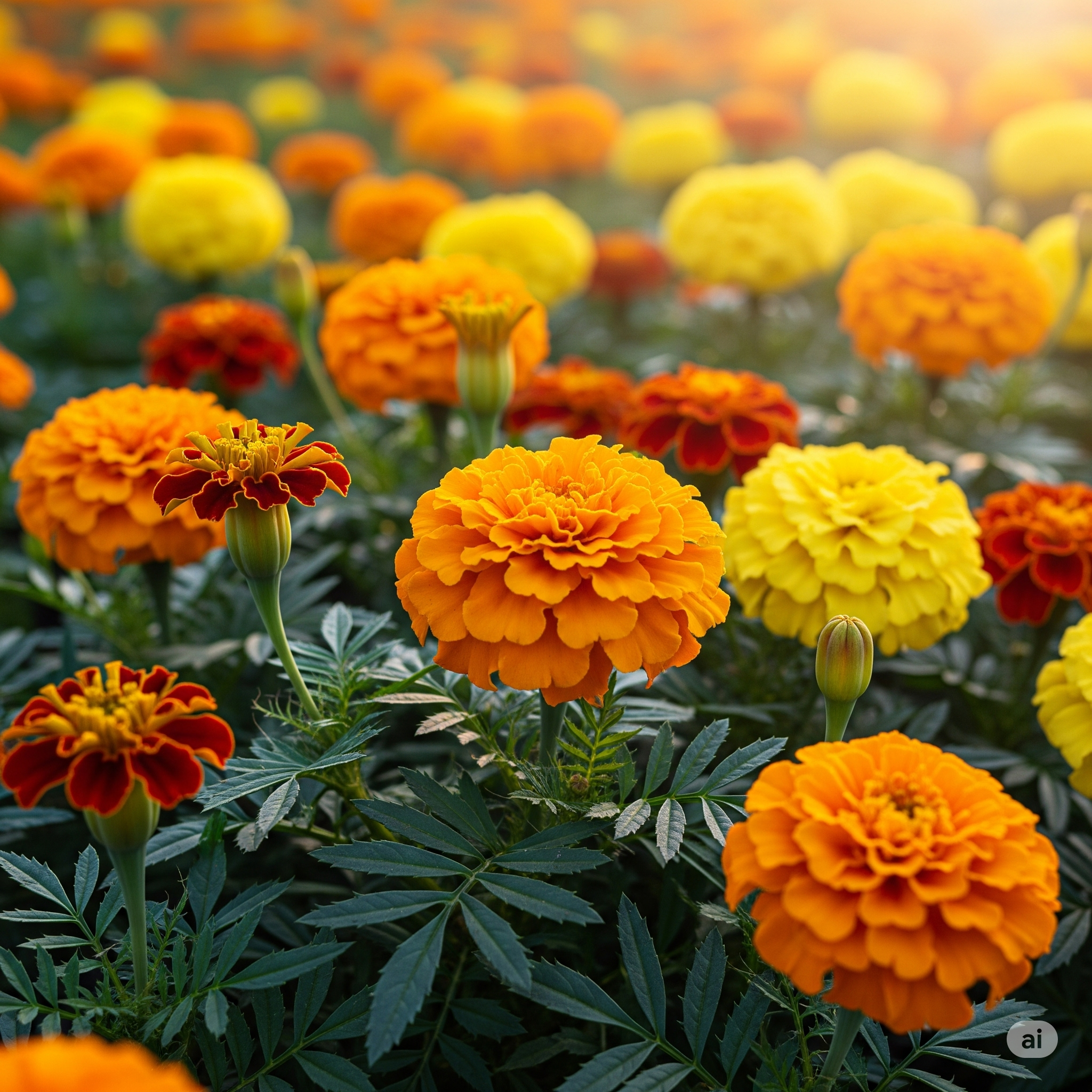Some links on this Website are affiliate links, meaning we may earn a commission if you make a purchase, at no additional cost to you. Please read our full Affiliate Disclosure for more details.
As a gardener, you are always careful with the plants in your garden. But have you ever considered that some of these garden plants are bad for dogs? Like humans, some plants can be poisonous if we eat them. The same case applies to our dogs.
A dog is a cheerful and playful animal; at times, you can find it playing on its own in the backyard. On all these occasions, your plants might be in the backyard, and playing with them is tempting. One plant can give you a reason to visit the veterinarian.
So, how careful are you when selecting the plants for your garden? In this article, we are going to highlight the plants that can cause harm to your dogs. You need to know them to plan for when your dog goes near them.
FLOWERS YOU SHOULD PLANT IN YOUR VEGETABLE GARDEN
12 Garden Plants Dangerous For Dogs
Autumn Crocus
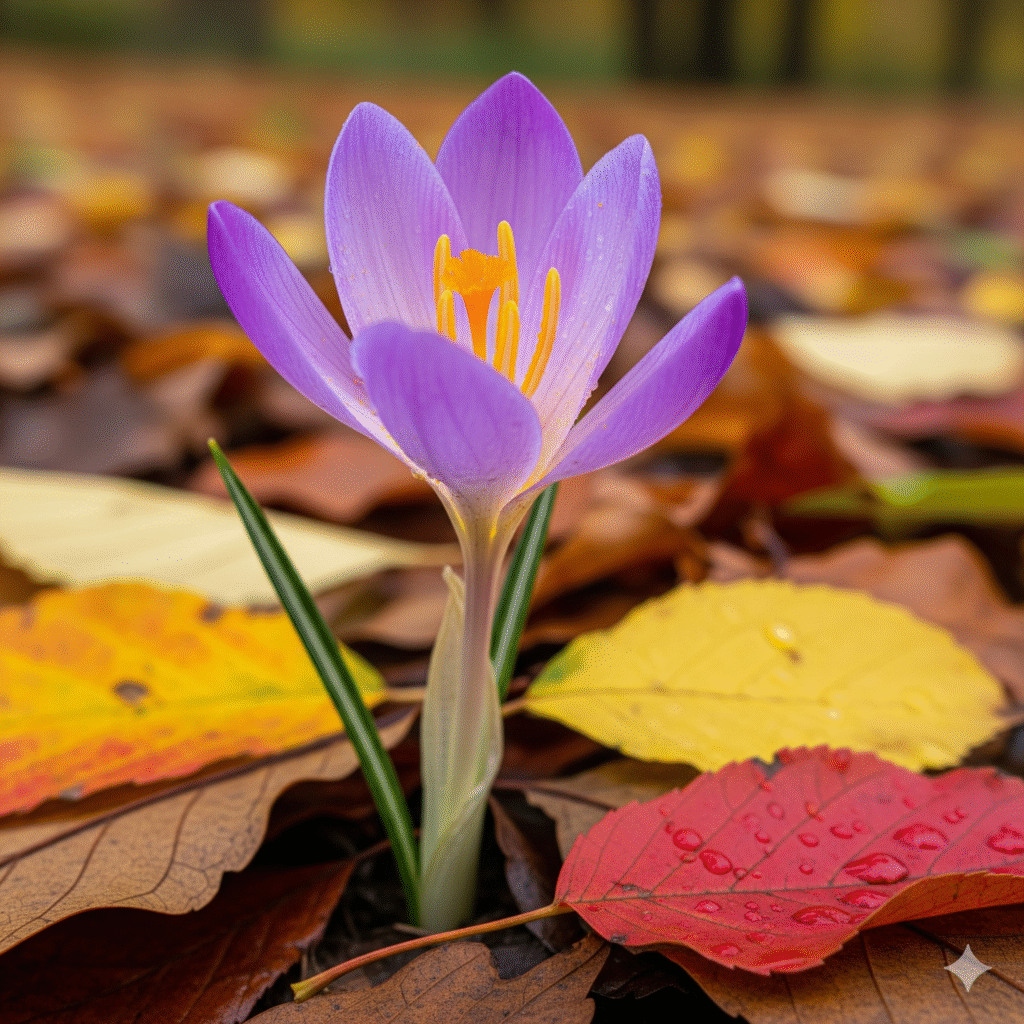
The Autumn Crocus is the most dangerous plant in its species for dogs. There are different species of the Crocus plant. However, this species is the most difficult. Its scientific name is Colchicum autumnale. The plant looks simple to the naked eye, but if your dog eats it, it can lead to death.
Most parts of the plant are poisonous; however, the poison concentration is in the bulbs. With as little as 0.8mgs of the toxic poison, it can cause death to your dog.
Symptoms
- Burning sensation on the mouth and dog’s throat
- Voting with blood
- seizures
- Liver and kidney failure
- Diarrhea often with blood
- Heart arrhythmias
- Sudden death
Azalea
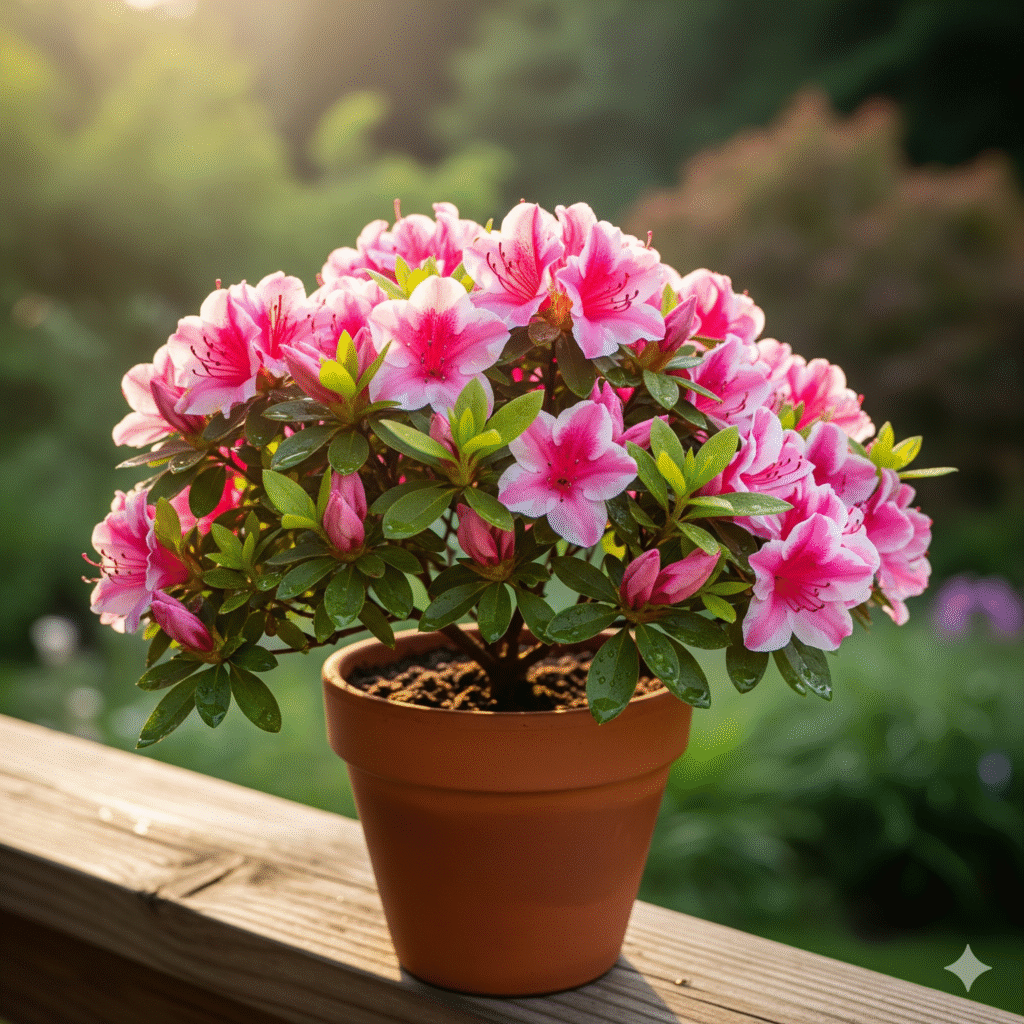
Azalea is another plant that is highly toxic to animals, including dogs. It’s found in North America and has other species that are over 250 species of Azalea. The scientific name of Azalea is Rhododendron spp.
It’s a popular outdoor garden plant because of its beautiful showy flowers. The flowers can bloom all year round despite the weather conditions in the spring or fall, even though it’s a good outdoor plant. It is highly poisonous to dogs, even if it eats small amounts of the plant. The plant has Grayanotoxins that affect the heart and intestinal tract.
Symptoms
- Vomiting
- Diarrhea
- Drooling
- Changes in heart rate
- Arrhythmias
- Low blood pressure
- Seizures
- Coma/ death
Beware that his plant can be poisonous to humans, but it can only cause vomiting, abnormal heart rates, and weakness in the body. It is transferred from bees to honey when the bees feed on it.
How To Care For Basil Plant Indoors
Chrysanthemum
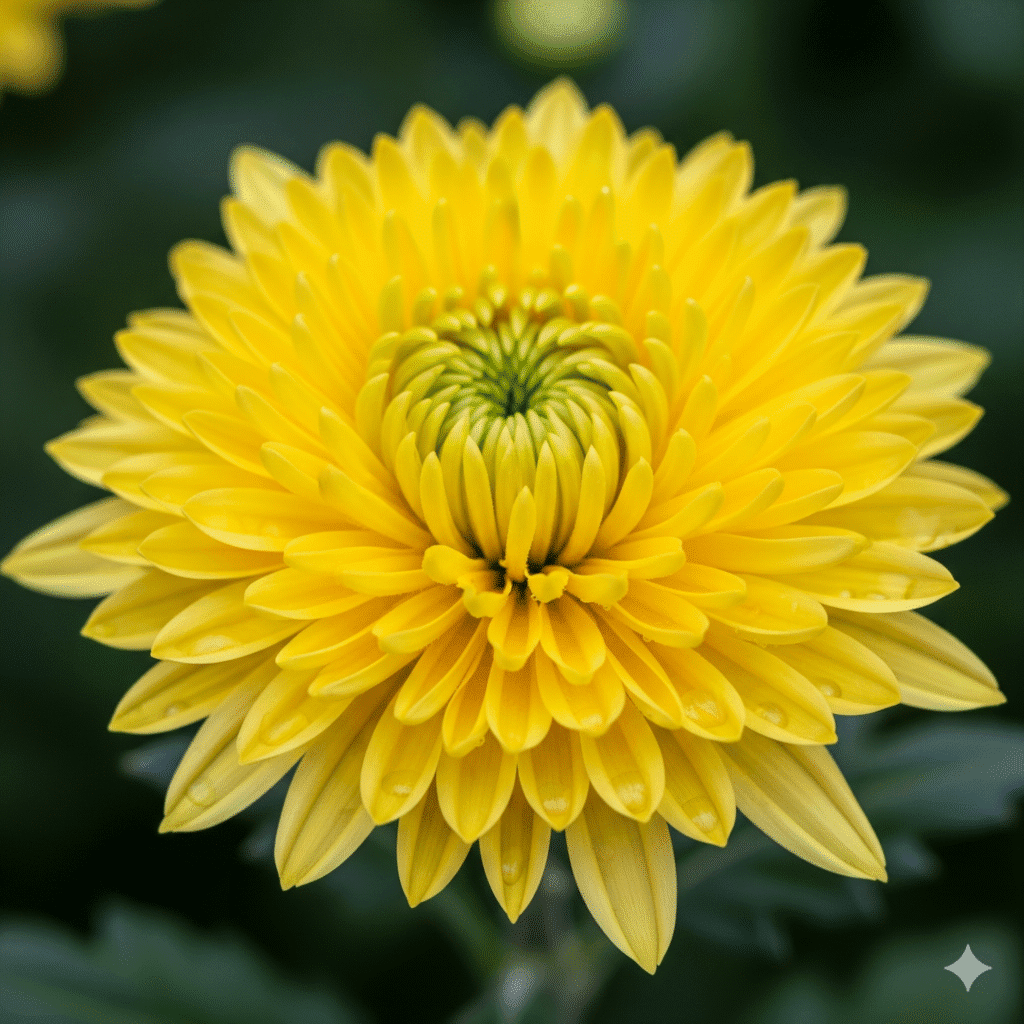
Chrysanthemum is poisonous to animals, but it has low toxic levels. Due to the low toxic levels, the plant has less fatality rate. However, this does not mean that the plant won’t be harmful to dogs if they are subjected to it.
The scientific name of Chrysanthemum is Chrysanthemum spp. It originated in Asia and is preferred because of its beautiful flowers. Its toxic substances include lactones, pyrethrins, and sesquiterpene.
Symptoms
- Drooling
- Vomiting
- Diarrhea
- Incoordination and imbalance.
The substance pyrethrin found in the plant is more harmful to cats than to dogs. That’s because pyrethrin is used to kill fleas and other insects.
How To Care For ZZ Plant Indoors
Daffodil
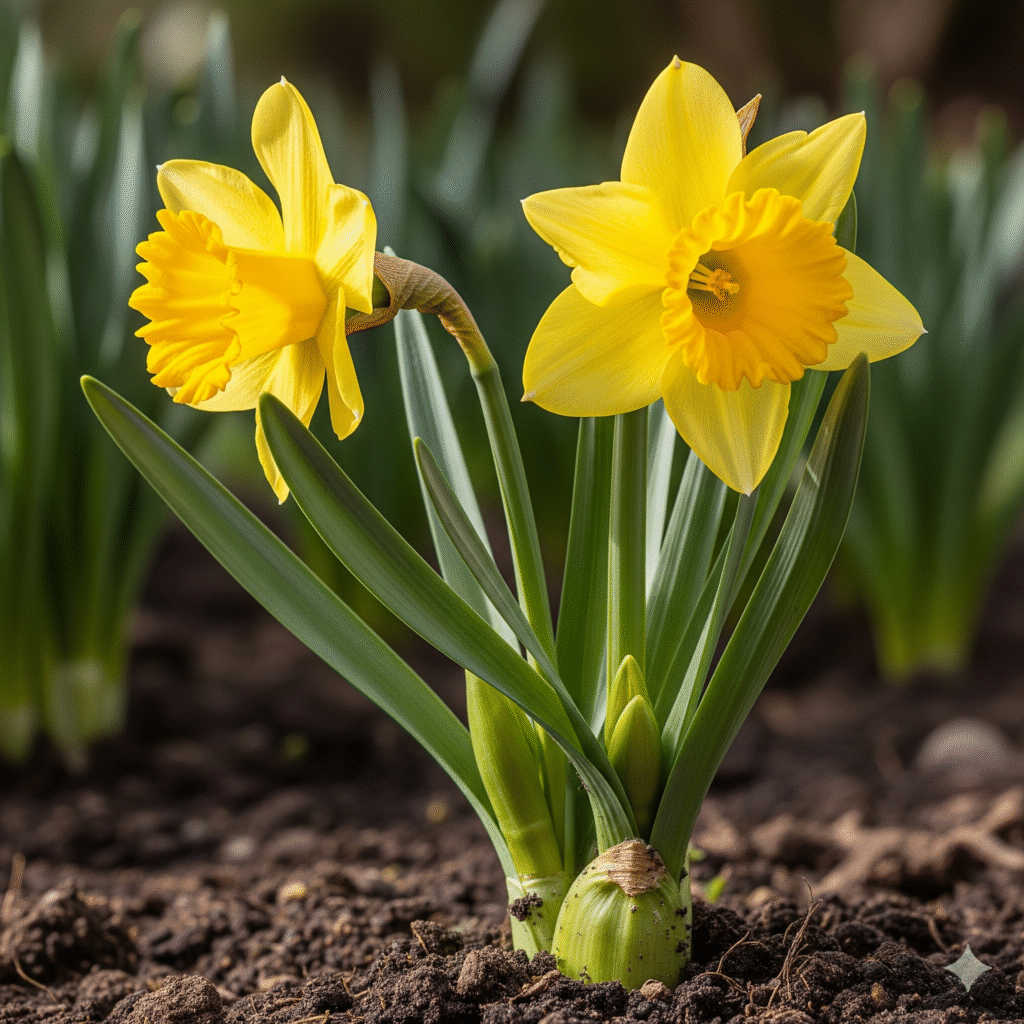
Daffodils start to grow when spring is approaching. It’s not a deadly plant to dogs, but it can affect the animals. The toxic components of the plant are lycorine, alkaloids, and other calcium oxalates. These toxic components are mostly found on the bulb.
Symptoms
- Oral irritation
- Drooling
- Vomiting
- Diarrhea
- Low blood pressure
- Low heart rate
- Arrhythmia
English Ivy
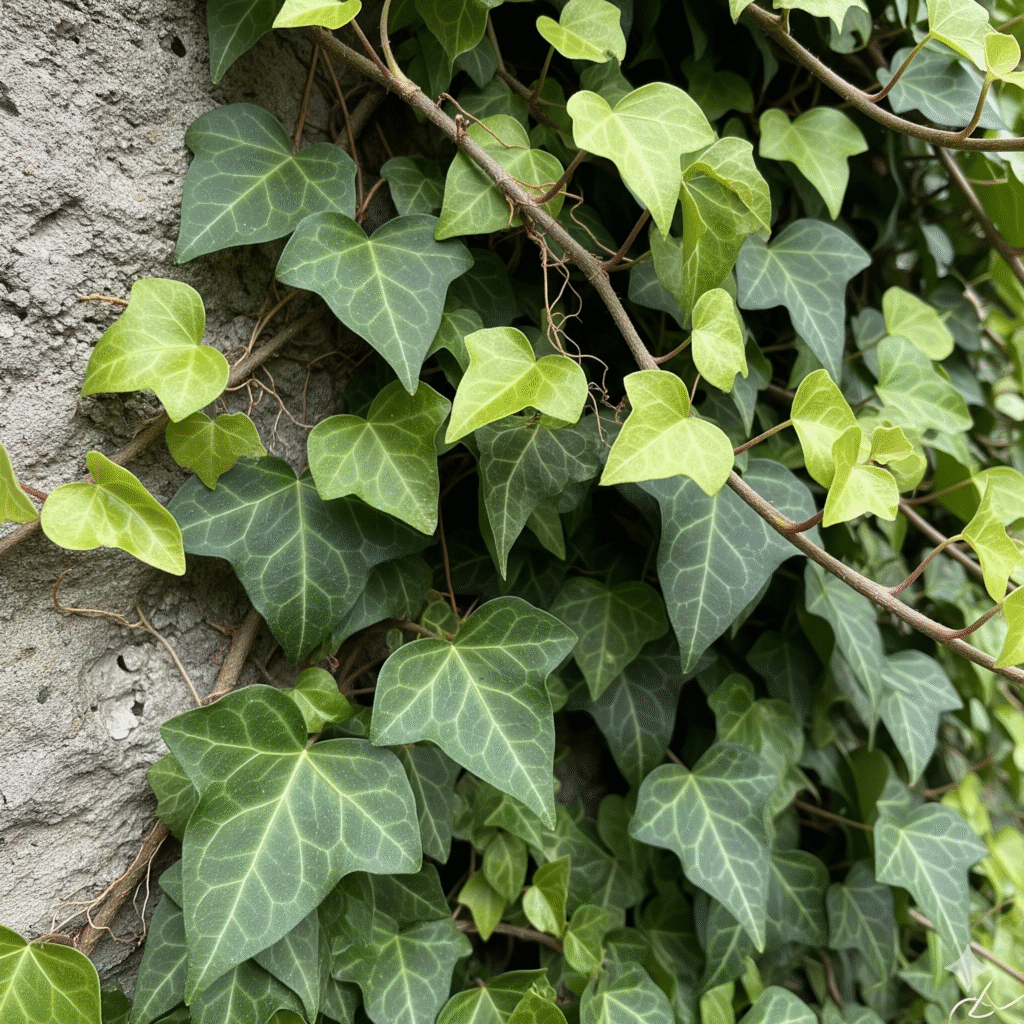
English Ivy is both an indoor and outdoor plant. It is known for climbing up the sides of buildings in historic homes or green homes. The toxic component of the plant is triterpenoid saponins.
It has low toxicity levels compared to other harmful plants. The toxins are found on leaves and others in berries.
Symptoms
- Irritation of the mouth
- Intestinal tract
- Drooling
- Vomiting
- Diarrhea
Some states, such as Oregon, have banned this plant because it is very invasive in buildings.
5 Best Gardening light meter For Plant Care
Lily of the Valley
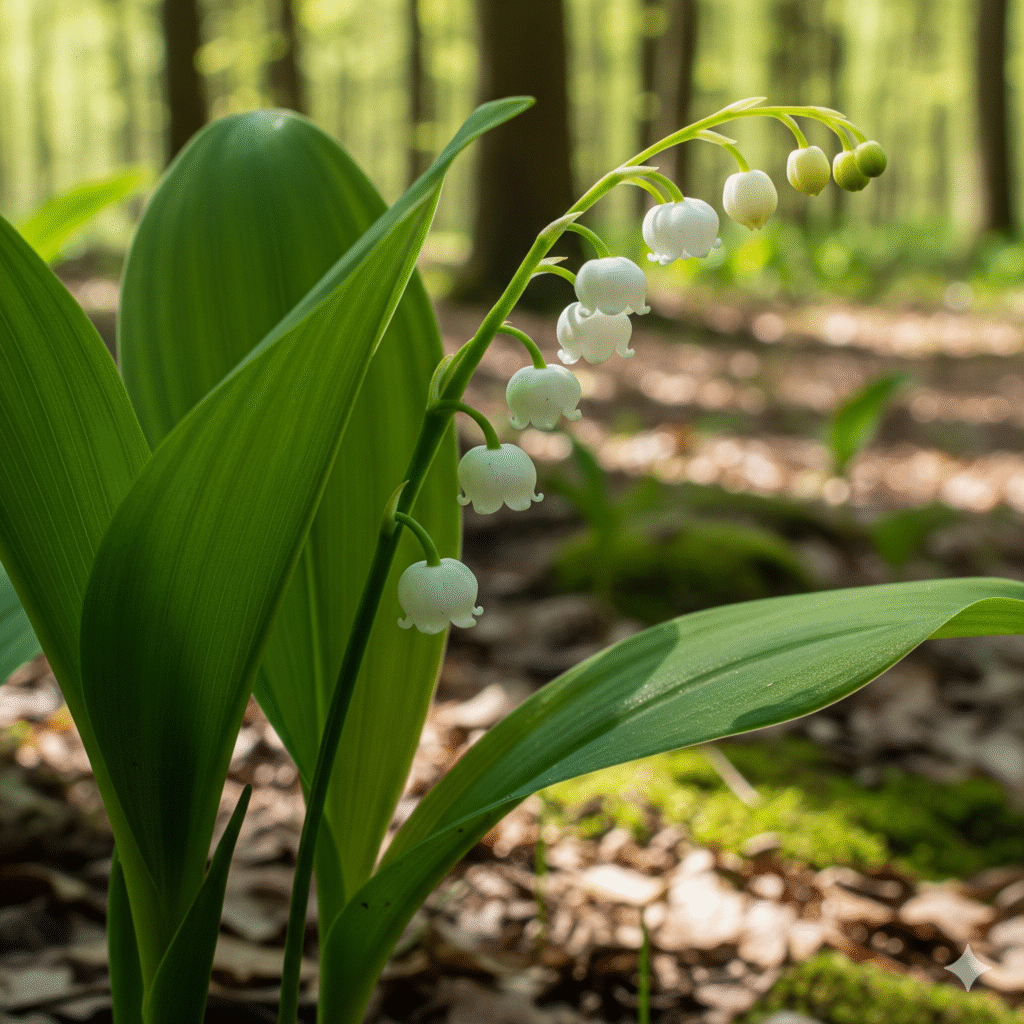
The lily of the valley is another deadly plant with high toxin levels that can kill a dog. Its scientific name is Convallaria majalis.
This plant is known for its white flowers that appear innocent but aren’t as innocent. The flowers contain a substance known as cardiac glycosides that affect the dog’s heart by messing with its electrical activity.
Symptoms
- Vomiting
- Diarrhea
- Slow heart rate
- Low blood pressure
- Seizures
- Death
5 Causes Of Brown Leaves on Monstera Plant
Oleander
Oleander is also known as Nerium oleander by its scientific name. It first originated from Northwest Africa and Southwest Asia. But, it’s now common in the states of Arizona, California, and Texas.
It has the same toxic components as the valley’s lily, cardiac glycosides.
Symptoms
- Drooling
- Vomiting
- Diarrhea
- Arrhythmias
- Collapse
- Seizures
- Death
Sago Palm
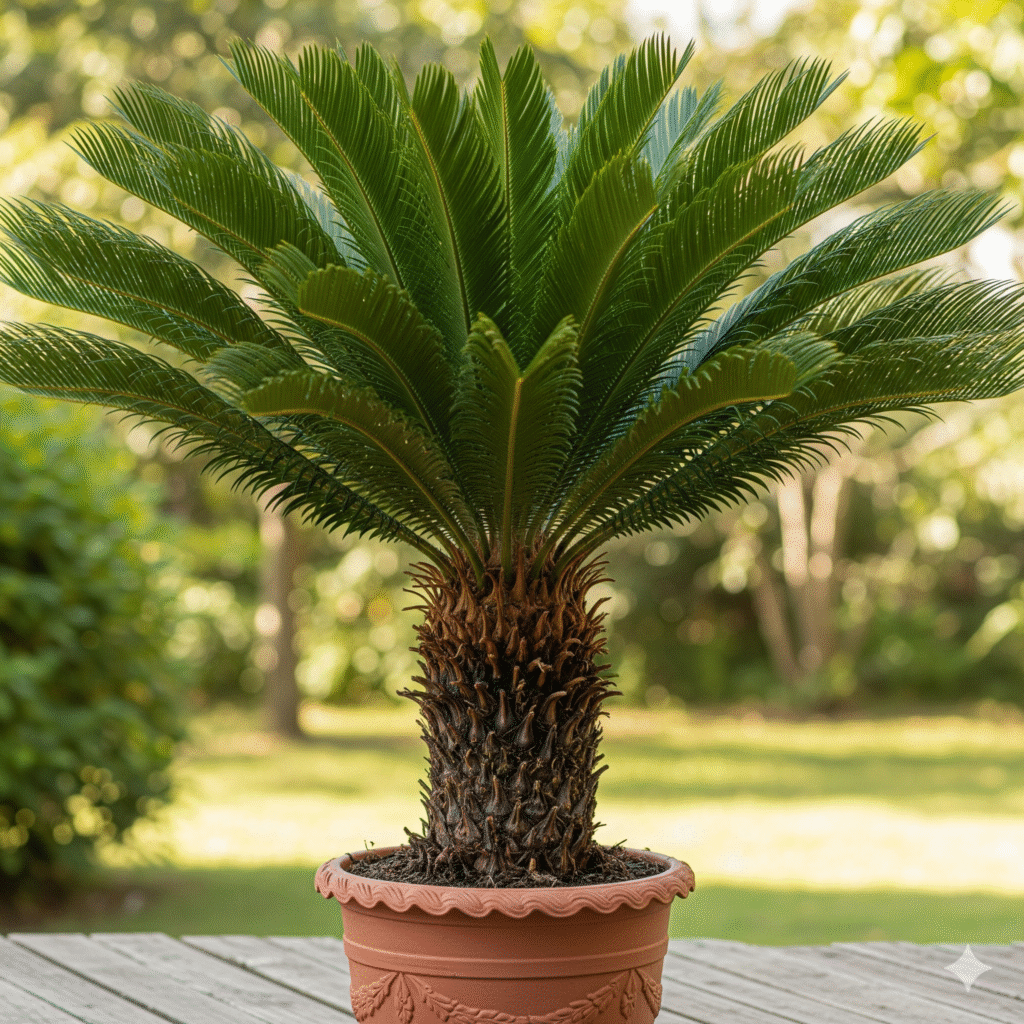
Sago Palms is an outdoor plant that grows with large leaves. It is highly toxic with a toxic substance known as cycasin. The toxin is found throughout the plant but is more concentrated in the seeds.
Once a dog ingests the plant, it affects the liver causing damage, and symptoms start to appear within 15 minutes. Liver failure starts to occur two to three days after ingestion.
Symptoms
- Diarrhea
- Vomiting
- Skin starts appearing yellow
- Fluid builds up in the abdomen
- Weakness
- Imbalance
8 Reasons Why Your Umbrella Plant Is Dropping Leaves?
Tulip and Hyacinth
When you talk about Tulip and Hyacinth, they are a family of flowers with bulbs. Their scientific names are Tulipa spp and Hyacinthus spp, respectively. They contain the same toxin known as alkaloids found in the bulbs.
The toxin affects the dog moderately unless eaten in large quantities.
Symptoms
- Vomiting
- Diarrhea
- Drooling
- Oral irritation
- If eaten in large quantities, the dog will have trouble swallowing.
Yew
The yew plant has a variety of species in which some are toxic, and others are not toxic. Some toxic Yew plants include Japanese yew (Taxus cuspidate), English yew (Taxus baccata), and Chinese yew (Taxus Chinensis).
This plant has high toxicity levels that can have serious effects when taken in small amounts.
Symptoms
- Drooling
- Vomiting
- Diarrhea
- Dilated pupils
- Trouble breathing
- Tremors
- Seizures
- Sudden death
Philodendrons
This is a heart-shaped plant with long vines. It is more famous for being an indoor plant since most people place it on their balconies. It is toxic because it contains insoluble calcium oxalate crystals irritating the dog’s mouth.
It’s not highly toxic to dogs; thus, it only causes discomfort and irritation to the mouth.
Symptoms
- Dog paws at their mouth
- Drooling
- Retching
Dieffenbachia
It’s another indoor plant with green leaves and white spots. The plant is toxic to dogs, but its toxicity levels are low. A dog eats the leaves affects its mouth, tongue, and lips.
It has a toxin known as calcium oxalate that causes a burning sensation when in contact.
Symptoms
- Vomiting
- Drooling
- Hard time breathing
How Much Sun Does an Azalea Plant Need?
How To Start Planting Broccoli From Seeds
Tips to poison-proof your garden
It is necessary to plant various plants in your garden, and once you have a dog, necessary attention is required to prevent planting a poisonous plant. Here are a few tips to protect your garden from poison.
- Fence your garden to ensure your dog doesn’t get into it.
- Research the various plant toxicity levels before you plant
- Seal bulbs in a container to ensure they are out of reach.
- Know the names of the plants in your garden
- Teach your dog to not each such plants
Conclusion
So, are garden plants dangerous to dogs? Yes, as you have learned above, many plants that, if a dog eats, can lead to death or other adverse effects. You have to understand that most plants are toxic, but their toxic levels are low, so always check the levels and how they affect different animals.
Also, since some plants are good for humans and harmful to dogs, ensure that you confirm which plants will affect your dog even though they can help you and start protective measures to prevent anything from happening.


